If you enjoy playing sports yet are looking for added protection for your eyes, you have come to the right place. At Rx-Safety, we have assembled an extensive collection of sports eyewear for many different sports. By purchasing a pair of glasses from this collection, you can not only see clearly when playing your favorite sport, but protect your eyes from people, objects, and debris on the field.
We are proud to offer eyewear for a variety of different sports. Some of those sports include baseball, basketball, soccer, tennis, and volleyball. To see a full list of the sports that we accommodate, feel free to click on the “activities” tab within the filtering options on this page.
Whatever sport (or sports) that you enjoy, you are sure to find eyewear that will suit you. We at Rx-Safety are proud of selling glasses from some of the most renowned brands in eyewear today. For example, you can purchase eyewear from manufacturers like Bolle, Wiley X, Rec Specs, Hilco Leader, and more. To easily find your brand, click on the “Any Brands” menu within this page’s filtering options.
Most of our eyewear in this collection is specifically designed to be worn when playing sports. While you will want to view the features on the pairs that interest you, many pairs are ANSI certified, giving you the confidence that your eyes will be protected when you are on the field or court. You will also find that many pairs contain straps or bands so that your glasses can remain on your face when you are jogging or sprinting.
Whether you are a casual player or take your sport extremely seriously, we are confident that you will be satisfied with our sports glasses. Here’s to finding a perfect pair of glasses to help you achieve that next win
When comparing lens materials, Trivex and polycarbonate are known for their strength and impact resistance, but they differ in certain aspects.
Polycarbonate lenses have been popular for many years due to their durability and impact resistance. They are highly resistant to shattering and are commonly used in safety glasses and sports eyewear. Polycarbonate lenses are approximately ten times more impact-resistant than regular plastic lenses. They are a good option for individuals involved in high-impact activities or requiring added protection.
On the other hand, Trivex lenses are a newer material that offers similar impact resistance to polycarbonate lenses but with additional benefits. Trivex lenses have a higher Abbe value, providing better optical clarity and less chromatic aberration than polycarbonate lenses. Chromatic aberration refers to the distortion of colors at the edges of the lenses, which can affect visual acuity. Trivex lenses also have a slightly lower specific gravity than polycarbonate lenses, making them slightly lighter.
When it comes to the strength of the material itself, both Trivex and polycarbonate are strong and impact-resistant. However, the choice between the two may depend on prescription strength, lens thickness, desired optical quality, and personal preference.
In summary, while Trivex and polycarbonate lenses offer excellent strength and impact resistance, Trivex lenses provide better optical clarity and less chromatic aberration. On the other hand, polycarbonate lenses have been a longstanding choice for impact protection and are suitable for high-impact activities.
When choosing prescription glasses for sports, Here are some recommendations for the type of glasses you should consider:
Showing 1–12 of 75 results


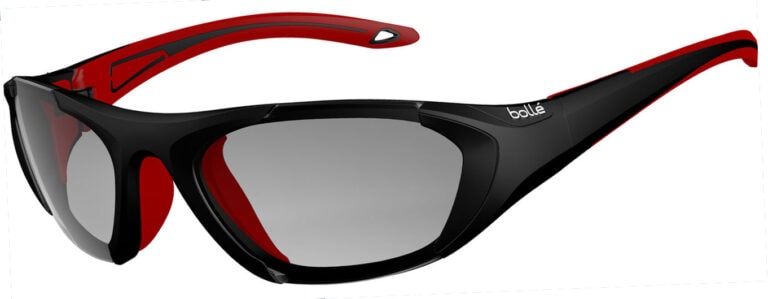
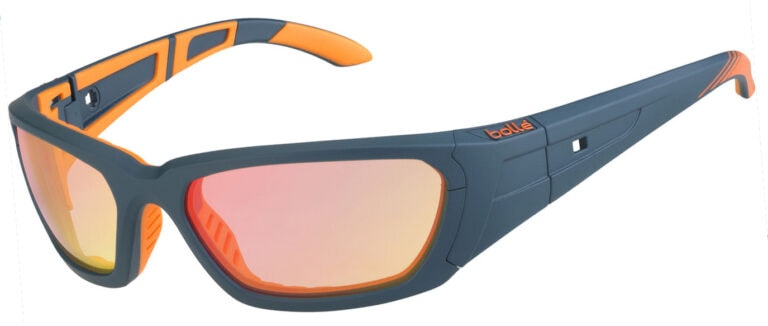

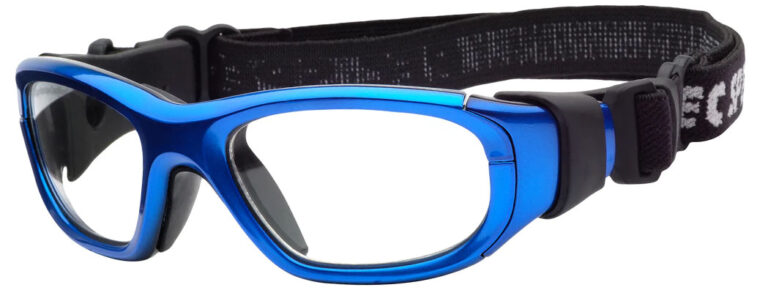
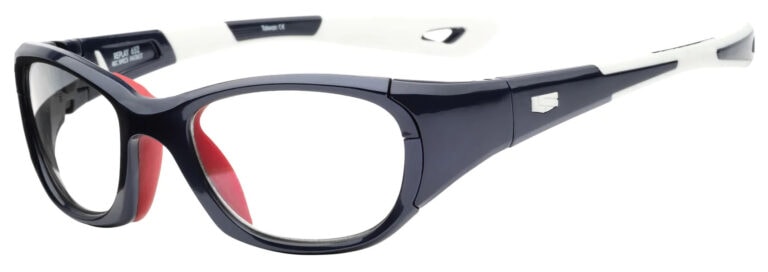
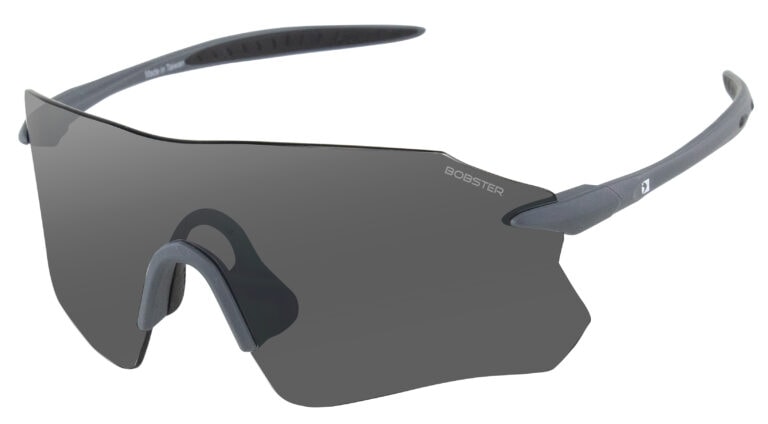

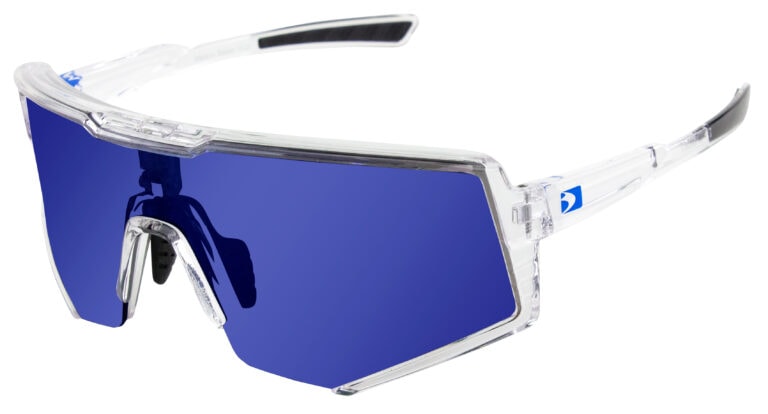
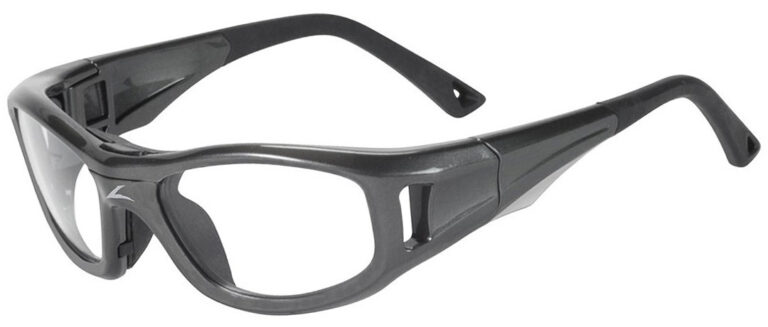
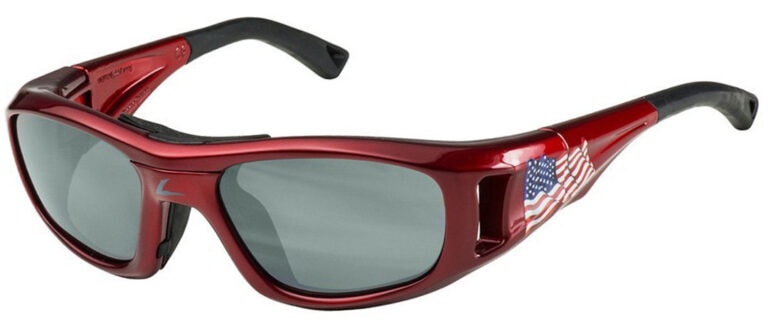
Stay on top of the latest news about prescription safety glasses, eyewear, sunglasses, and all the trends in the industry.
DISCOVER NOWBe the first one to know about promotion, new products, and more.
Follow Us On Instagram @rx_safety